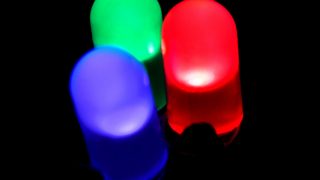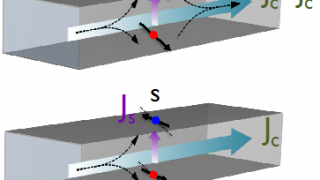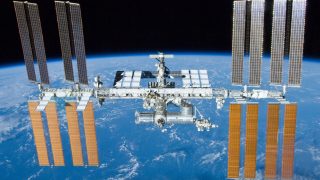
Permanent excimer-like colloidal superstructures as anticytotoxic agents
A chemical compound or molecule consisting of two identical simpler molecules is a dimer. If one of the simpler molecules is excited while the other is in its ground, non-excited, state we talk about excimers. They are excited dimers which are non-bonding in the ground state. Thus, excimers can be considered evanescent quasi-particles that typically […]








